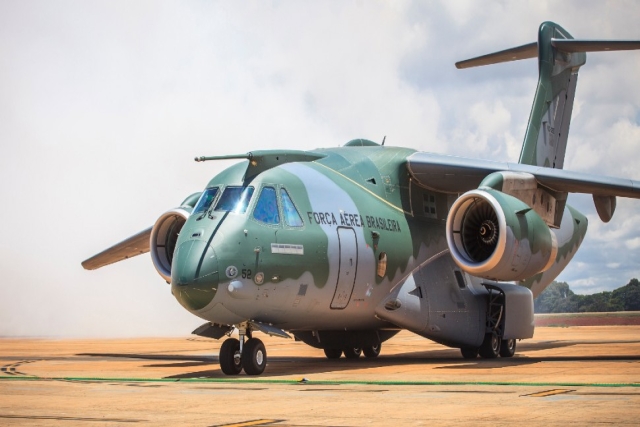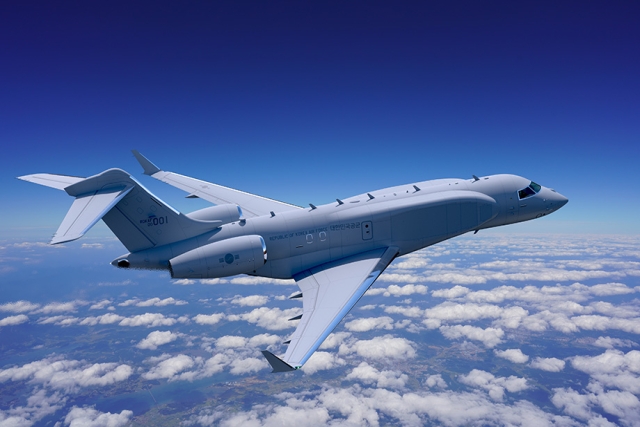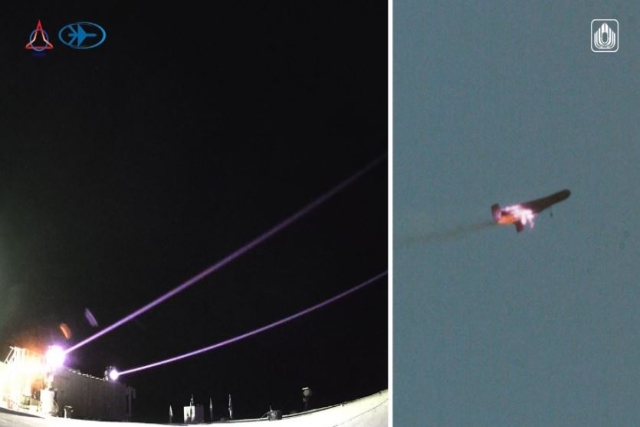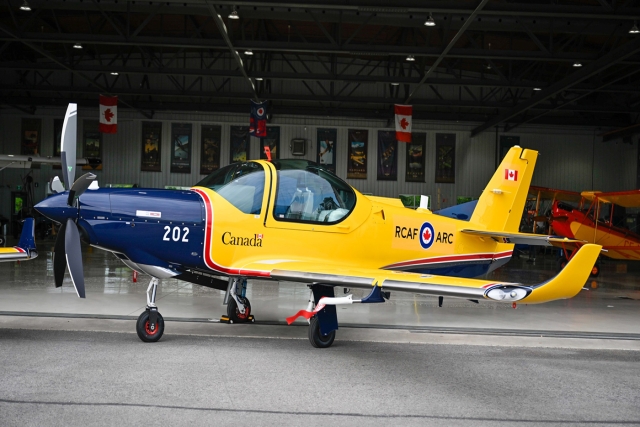Widodo Govt May Kick Start Indonesian Fighter Aircraft Procurement
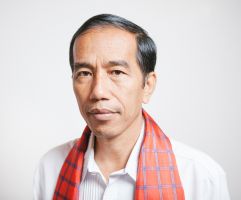
Having promised to up the defence budget significantly, president-elect Jokowi Widodo may have to take a call on the procurement of fighter aircraft to replace decades-old F-5 Tigers.
Outgoing Defense Minister Purnomo Yusgiantoro had said earlier this year he wants to ensure the purchase is part of Indonesia's Strategic Plan II 2015 to 2020, Antara news agency reported quoting the minister, “we have received proposals from several jet fighter manufacturers for replacing the F-5 Tiger fighter aircraft".
Perhaps expecting the competition to intensify, Saab released a statement yesterday underlining why its Gripen fighter was the most suitable candidate for Indonesia.
Among the aircraft being evaluated are the Russian Sukhoi Su-35, the American Boeing F-15 Eagle and Lockheed Martin F-16 Fighting Falcon, and the Swedish SAAB JAS 39 Gripen, said Gen. Moeldoko, Indonesia's top military commander.
The ministry is looking at buying 16 aircraft, but the type and number of aircraft "depends on Indonesia's financial position," Moeldoko said.
The purchase of Tiger replacements would be part of a larger upgrade of military capability outlined by Air Chief Marshal Ida Bagus Putu Dunia in October, according to UPI.com.
Indonesia is aiming to create eight new squadrons of fighter aircraft -- more than 100 aircraft -- by 2024, the Jakarta Globe newspaper reported at the time.
The T-50, which can be used as a light fighter, was developed by Korea Aerospace Industries and Lockheed Martin and is South Korea's first indigenous supersonic aircraft.
Its maiden flight was in 2002 and it entered service with the Korean air force in 2005.
Meanwhile, according to Jokowi’s 41-page action plan, he has four main defense priorities.
First, continue supporting the professionalism of the Indonesian Military (TNI) by improving soldiers’ welfare and its main weapons systems by increasing the defense budget to 1.5 percent of gross domestic product (GDP) within five years.
Second, seek defense independence by reducing foreign technological imports, strengthening the domestic defense industry and diversifying Indonesia’s defense partnerships.
Third, complete the military’s Minimum Essential Force (MEF) blueprint and build it so that it eventually becomes a respectable maritime force in East Asia.
Finally, place defense policy as an integral part of a comprehensive and resilient national security system that reorders various defense, internal security, public safety and human security functions managed by the National Security Council (DKN).
According to IHS Jane’s projections, personnel spending between 2010 and 2017 will, on average, be around US$4.79 billion annually, while procurement and R&D spending will average $1.45 billion and $150 million, respectively.


